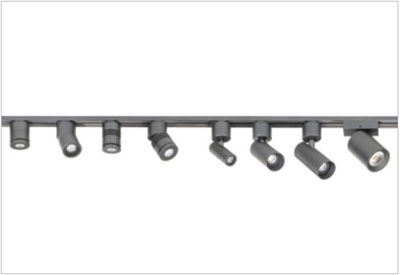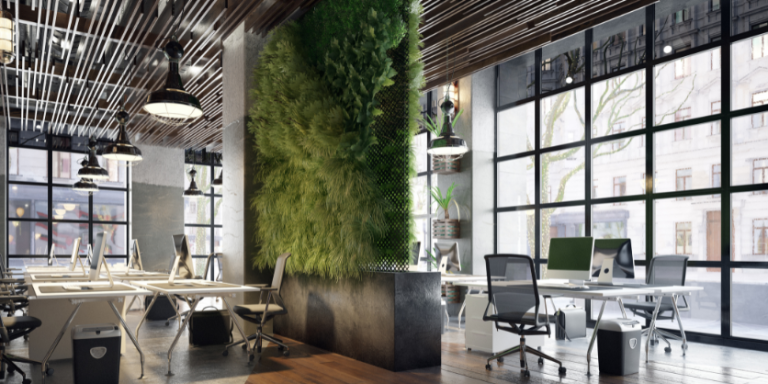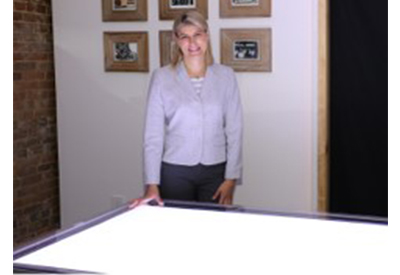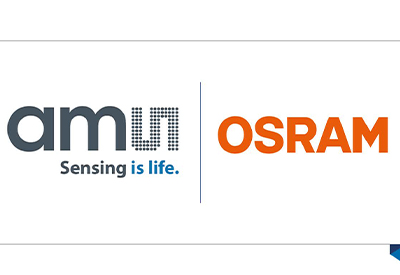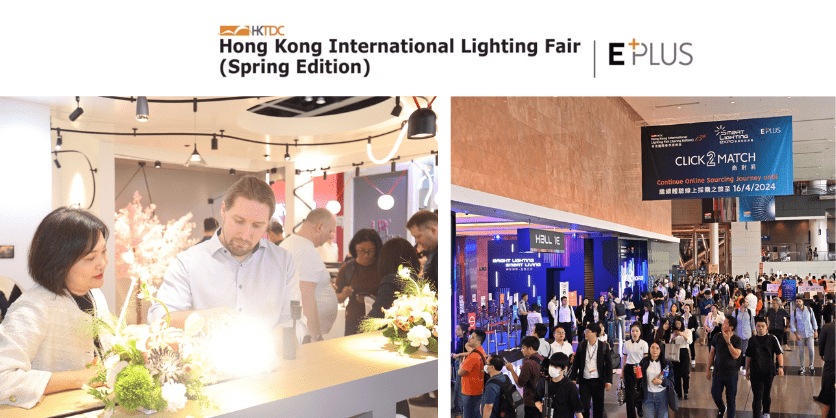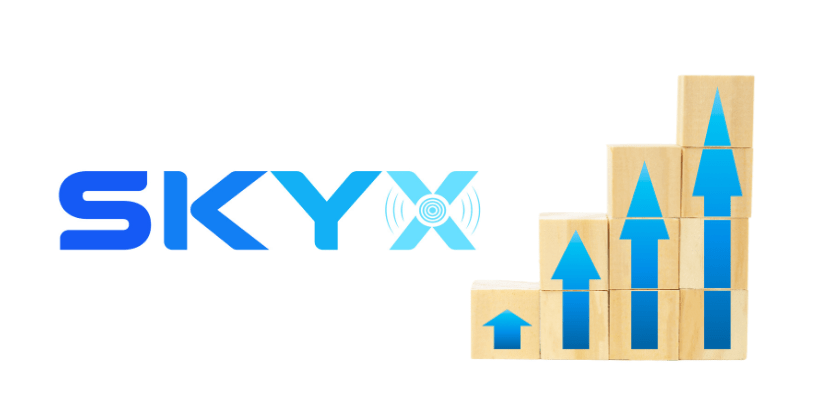UV Light Disinfection Technology Frequently Asked Questions
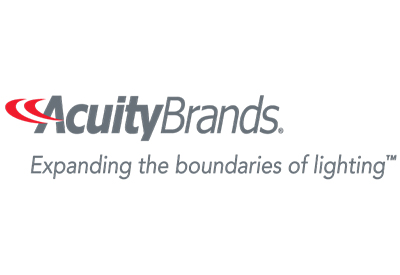
August 24, 2021
Ushio America (Ushio) manufactures the Care222® module using an excimer lamp. Ushio is a vertically integrated solutions company that makes lamps and other components for lighting systems and other numerous applications utilizing: xenon short arc, lasers, ultra-high-pressure UV, excimer, metal halide, LEDs (specialty sensing and general illumination), halogen, fluorescent, and miniature incandescent. Established in 1967 as a subsidiary of Ushio Inc., in Tokyo, Japan, Ushio America offers a full spectrum of over 2,500 products and services to its customers. http://www.ushio.com
2. What is the agreement between Acuity Brands and Ushio America?
The strategic alliance agreement between Acuity Brands and Ushio America, Inc. grants Acuity Brands exclusive rights in North America to incorporate Ushio’s Care222 far-UVC disinfection* module into Acuity Brands luminaires that will be installed and operated in spaces when they are occupied and unoccupied. Acuity Brands also has non-exclusive rights to use the Care222 far-UVC disinfection module worldwide (except Asia) for lighting and other uses.
3. Who are Violet Defense and PURO Lighting?
Violet Defense, an innovator of germicidal UV lighting technology that kills bacteria and inactivates viruses1, was founded in 2012 to research and develop new products based on pulsed xenon technology. Its first line of patented products entered the market in May 2017. https://www.violetdefense.com Launched in 2019 in Lakewood, Colorado, Puro Lighting is a lighting and technology company that uses Violet Defense® technology to create UV disinfection solutions for many different industries and categories. https://purolighting.com
4. What is the agreement among Acuity Brands and Violet Defense and PURO Lighting?
The strategic alliance that includes Acuity Brands and Violet Defense LLC and Puro Lighting, LLC gives Acuity Brands access to patented UV technology from Violet Defense®. This UV technology delivers high intensity full spectrum UV light using a pulsed xenon lamp and UV transmissive lens. In collaboration with these organizations, Acuity Brands will offer UV disinfection luminaires that can be used in unoccupied spaces to quickly kill bacteria and inactivate viruses1. Acuity Brands products utilizing this technology are offered by Healthcare Lighting® under the PulseX™ brand.
5. Who is UV Angel?
UV Angel is a leading pathogen control technology company creating innovative technologies and products to provide UV light pathogen control1 in spaces focused on healthcare, food service, corporate, education and other industries. Product categories include those focused on treatment of air or surfaces as well as environmental testing services for air quality and equipment surfaces. https://uvangel.com
6. What is the agreement between Acuity Brands and UV Angel?
Acuity Brands has a private label supply agreement with UV Partners, Inc. (dba UV Angel) to enable Acuity Brands to purchase and resell the UV Angel Clean Air™ pathogen control system, as well as pursue joint developments of UV light disinfection products. The UV Angel Clean Air system integrates UVC light technology into a ceilingmount luminaire that offers an unobtrusive environmental treatment system that uses concealed ultraviolet light to treat air automatically and continuously to neutralize pathogens1 without exposure of the ultraviolet light to occupants. The agreement provides Acuity Brands with limited exclusivity for certain private label products throughout North America. Acuity Brands products utilizing this technology are offered by our Healthcare Lighting® brand under the EvōlAIR UV™ brand.
The Fundamentals of UV Light Disinfection* Technology
1. What is ultraviolet (UV) light?
Ultraviolet light (UV) is a form of electromagnetic radiation with a wavelength from 100nm to 400nm. The UV spectrum is further broken down into 3 bands known as UVC, UVB, and UVA. UVC wavelengths are from 100-280nm, UVB wavelengths are from 280- 315nm, and UVA wavelengths are from 315-400nm. UV is present naturally in solar radiation. Radiation is the emission energy in the form of waves or particles through space or through a material medium, and includes, among other forms, ultraviolet, visible light, and infrared emission. Above the Earth’s atmosphere, solar radiation is 10% UV (UVC, UVB & UVA), 40% visible, and 50% infrared. After passing through the Earth’s atmosphere, radiation is 5% UV (UVB & UVA only), 43% visible, and 52% infrared. All UVC is absorbed by the Earth’s atmosphere, which notable as it relates to UV light disinfection technology because most UV light disinfection technology is based on UVC wavelengths and must be electrically generated. See other FAQs for more information on specific UVC sources.
2. Is UV light visible?
UV light is not generally visible to the human eye. There are some UV sources that also emit part of their light inside the visual spectra, so we can see some light, but it is only generally the non-UV part. Note that due to individual differences, certain individuals may have some perception into the UVA range.
3. Why is UV light used for germicidal applications?
English scientists W.B. Hugo Downes and Thomas Porter Blunt are credited with making the first scientific claims regarding the antimicrobial properties of UV in sunlight in 1877.2 Since then, scientific understanding of how the intensity, duration, and wavelength of UV affect how it works as a germicidal aid has advanced significantly. In general terms, UVC (with the shortest UV wavelength) is much more efficient as a germicide than UVA or UVB. This shorter wavelength also means that UVC light is less harmful to our skin and eyes than UVB or UVA.
4. How does UV work as a disinfection technology?
How UV works as a disinfection technology depends upon the wavelength(s) being employed. UVC (200-280 nm) has the ability to inactivate bacteria, viruses, mold, and fungi. In this wavelength range, photons are highly energetic and work by causing photochemical reactions in the nucleic acids (DNA & RNA) of the pathogenic microorganisms. These photochemical reactions create what’s called a DNA or RNA lesion, which prevents a pathogen from being able to replicate, thus rendering it harmless. The longer UVB (280-320nm) and UVA (320-400 nm) wavelengths have also demonstrated the ability to kill certain bacteria (but not viruses, mold and fungi). These wavelengths cause oxidation of proteins and lipids, resulting in cell death, and, hence, work only on bacteria. Violet light in the 405 nm to 470 nm wavelengths has also been shown to kill bacteria at the proper doses. The violet light causes photoexcitation of endogenous porphyrins that leads to the generation of reactive oxygen species, which are toxic to bacterial cells.2
5. Where is UV used as a disinfection aid?
UV is used in air, water and surface disinfection. UV disinfection products from Acuity Brands focus on pathogen control1 in the air and on surfaces in interior architectural settings.
6. Why is UVC used as a disinfection strategy?
UVC, particularly the wavelengths from 200-280nm, is known to be an effective technology for inactivation of many viruses and bacteria2. UVC is straightforward to apply in a defined area and its expected effectiveness can be predetermined within a set of application design parameters and in reference to measured output data and laboratory test data. With an adequate dose applied, UVC light can treat the area quickly. Utilizing UVC for pathogen control can reduce the amount of chemicals that need to be used for disinfection purposes.
Go HERE for more information.


